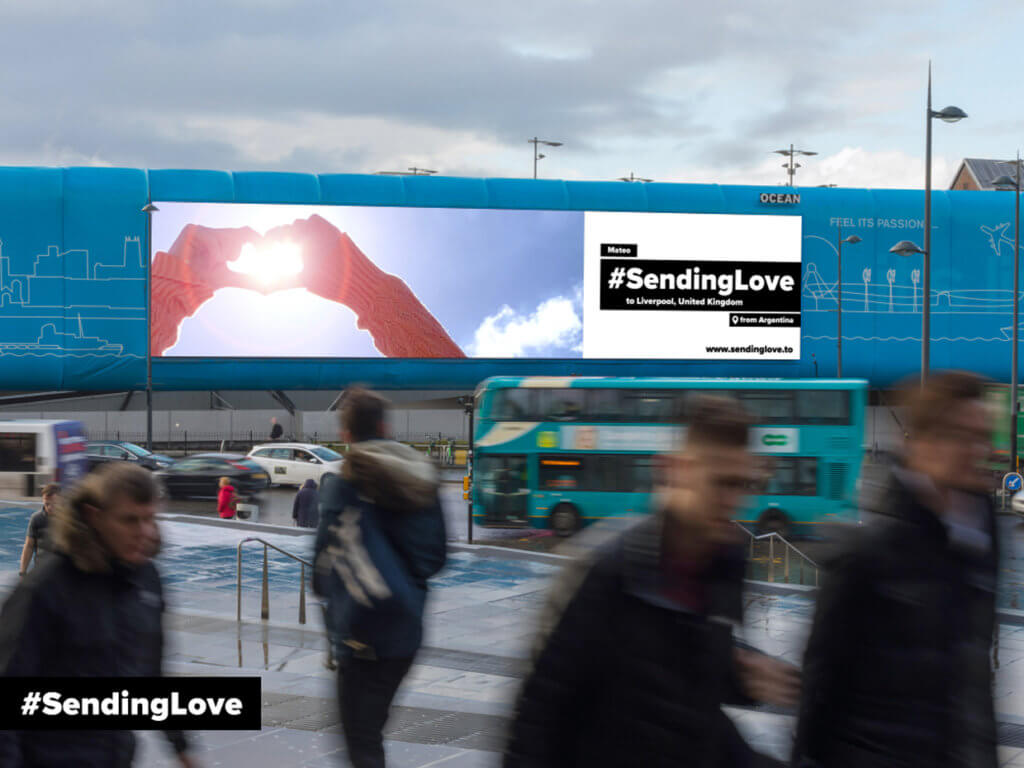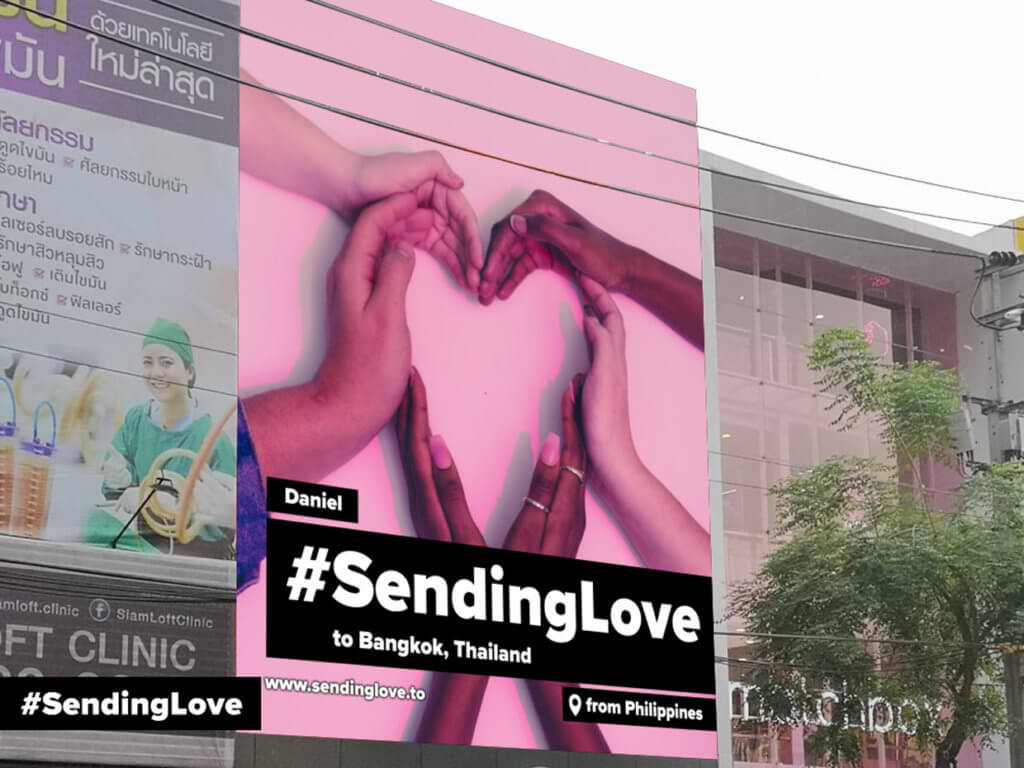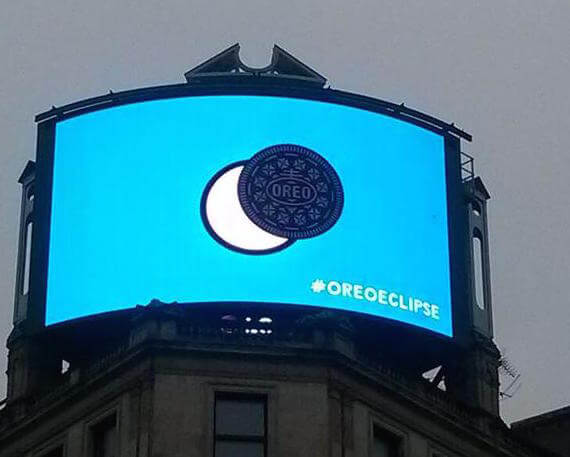
As we leave 2020 in the past, we take on the new year with a refreshed sense of hope for the advertising industry. This is especially true for Out-of-Home (OOH) advertisers as consumers become accustomed to social distancing regulations, giving them confidence to advertise outdoors again. People are once again returning to the streets, which will only continue to happen in greater volumes as people receive the vaccination for COVID-19. According to GlobeNewswire, the OOH industry is expected to reach $81.35 billion in 2023, increasing rather quickly over the next couple of years. The future of OOH advertising appears quite profitable due to developments and trends within the industry that will come to fruition this year. Let’s take a look at some of the things that OOH advertisers will be implementing and taking advantage of in 2021.
An increase in digital OOH advertising
It comes as no surprise that the world is becoming increasingly digital at an extremely rapid pace. This process has been fast-tracked due to the virus keeping everyone indoors and on their devices. Consumers are now more accustomed to viewing 4k quality advertisements. Digital advertising is much easier to use and cost-effective in comparison to other mediums. Imagine changing the ad you display on a billboard depending on the change in weather, time, or even the news. Running multiple ads on one digital screen with the touch of a button cuts unnecessary expenses astronomically. According to Business Insider, this year digital out-of-home (DOOH) ad spend will rise by 19.2% from last year. This includes digital billboards, digital street furniture, digital transit, and digital place-based displays. To be able to pivot and optimize the space that an outdoor ad inhabits will be a huge advantage for advertisers in the coming year, especially through DOOH.
The OOH media planner and buyer, Talon Outdoor, created an ad campaign that centered around “#SendingLove” during the pandemic this past spring. The campaign was facilitated by The World Out of Home Organization (WOO) and many of the member organizations donated advertising space in order to create the biggest user-generated content campaign ever to run on DOOH. The campaign was created in order to allow participants to send messages of love to those in places they can’t travel to. Participants sent creative images to www.sendinglove.to and were encouraged to donate to the global COVID-19 Solidarity Response Fund before they received a photo of their picture playing on a screen in their chosen city. This international campaign’s total media value was $15 million and connected families and friends across the globe. This is exactly the kind of innovative thinking and access to digital technologies that will take advertising to the next level in 2021.
Storytelling and good creative
Good creative in the form of storytelling is not a new or innovative concept to advertisers – this is how marketing strategists and advertisers have been producing ads since the very beginning. However, the storytelling trend will be the most prominent of the advertising tropes this year for a few reasons. Social media, websites, TV stations, and the radio have become so oversaturated with advertisements that people are completely tuning them out, blocking them, and dismissing them entirely. This year, outdoor advertisers are embracing the concept of designing ads that tell a part of a story – just enough to engage and entice consumers until the next ad is produced in the storyline. Telling part of a good story through billboards or truck-side ads will make viewers want to know more, follow along to keep up with the story, and even tell others to take note and join in. This year is all about engaging consumers in a way that’s authentic and makes them feel as though they are in on a secret.
Oreo launched a campaign that coincided with the solar eclipse in order to amplify the company’s new “Play with Oreo” branding scheme. Oreo has come out with numerous advertisements that depict the cookie not only as a delicious treat but something that can be shared amongst friends, played with, and talked about. Working in partnership with PHD media agency and Talon, Oreo created a campaign that shows life through an Oreo lens, attempting to shift the perception of Oreo from a regular cookie that can be played with to a playful brand. In addition to the campaign being run across more than two million newspapers, digital outdoor ads were placed in London and Edinburgh. The outdoor ads used data from the Royal Astronomical Society and TimeAndDate.com to track the movement of the sun and mirror it with an Oreo to create an eclipse on the ad just as the sun is eclipsed. Not only was this campaign an extremely intuitive and innovative way to portray the Oreo cookie, it also told the story of a cookie that’s playful, exciting, and inspiring – especially as the world sits and watches.
Mobile integration
Since the pandemic began and everyone has been staying indoors, businesses have been building up their online presence drastically. Although this makes sense when considering the current state of the world, it’s also extremely beneficial to include offline advertising in any ad campaign in order to increase reach, visibility, and validity. Multi-channel integration is becoming essential for brands to reach as many consumers as possible across all channels while staying consistent with the brand’s image. Using OOH advertising within your marketing mix will make your brand more valuable, valid, and more authentic to consumers. Even if the sole purpose of the outdoor advertisement is to drive consumers to online stores, it still demonstrates that you are willing to go the extra mile to create something tangible and unique for consumers.
QR codes have been a smart way for advertisers to integrate social media and online advertising into outdoor ads. They’ve become especially popular over the course of the pandemic because they’re contactless. They are a fast and easy way to transform an outdoor billboard or truck-side ad into a more interactive and engaging experience between consumers and brands.
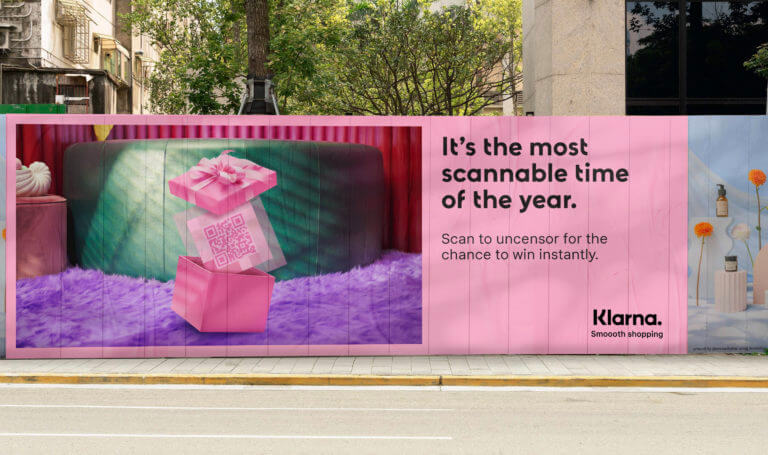
The shopping and payment app called Klarna created an ad campaign that integrated QR codes for easy access to their holiday deals. The ads ran all over Australia including Adelaide, Brisbane, Melbourne, Perth, and Sydney. Passersby could scan the code on the billboard and enter for a chance to win awesome prizes like Yeezy slides, Nike Max Air sneakers, a Nintendo Switch, and more. The campaign was not only successful due to its engaging qualities, but it also raised the spirits of numerous people who’ve had a rough year by giving them free gifts!
Programmatic ads
A relatively untapped segment of the advertising world that will most likely be the biggest trend of 2021 is the integration of programmatic advertising in order to automate purchases. Not only can programmatic advertising be conducted in real-time, it can also be used to sell and buy various types of media – such as OOH advertising displays. Through the introduction of blockchain, 5G networks, and voice-activated advertising, programmatic advertising has transformed into an easy and innovative way to interact with consumers.
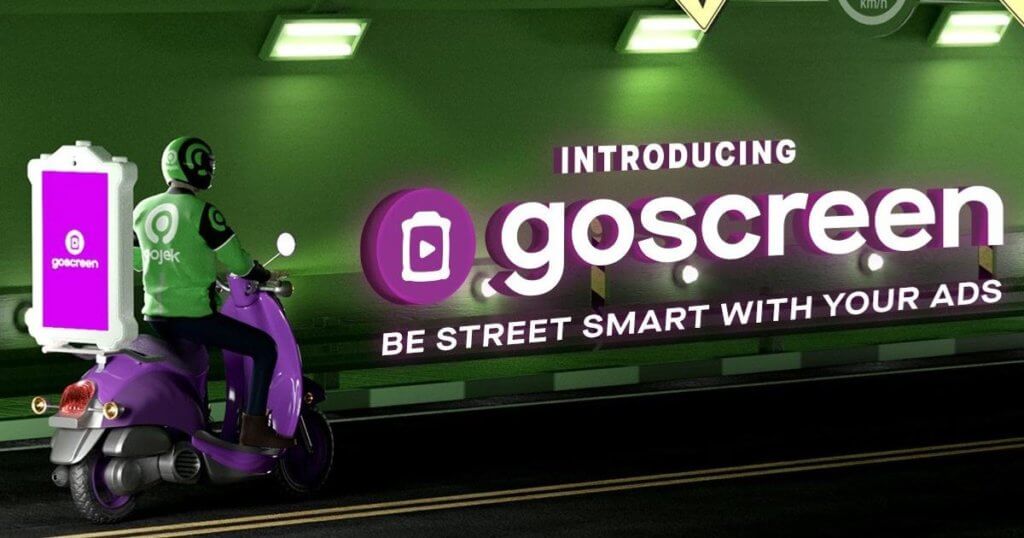
The Perfect Media Group, an OOH advertising company, recently teamed up with Bosch to create a programmatic OOH campaign. Bosch displayed LED screens on the top of taxis that travelled to different areas. When the taxis moved through residential areas, the Bosch ads would display products such as electronics, washing machines, and dishwashers. When the taxis moved through industrial areas, the Bosch ads would display items like screwdrivers and spark plugs. Below are images of Bosch’s programmatic advertisements on Gojek riders.
Standard OOH still works too
There are a few reasons why the “old-fashioned” OOH medium is still around. Take the static billboard for example, it’s not always practical to convert them into a digital OOH ad in sparsely populated areas because it’s time-consuming and may not be viewed nearly as much as it should be to make it worth the cost. Some advertisers also prefer the exclusivity that comes with a static billboard, they like having their ad be the only one on a billboard. One way that standard OOH advertising has been able to stay relevant in today’s world, is through mobile advertising. Truck-side ads offer 24-hour exposure that can’t be blocked or turned off. They’re also moving ads so they can go wherever the target audience is, whether that be in a downtown core or a suburban neighbourhood. Mobile ads are versatile and can cover a vast area with major engagement. For a more in-depth article about the benefits of truck-side advertising, check this link out.
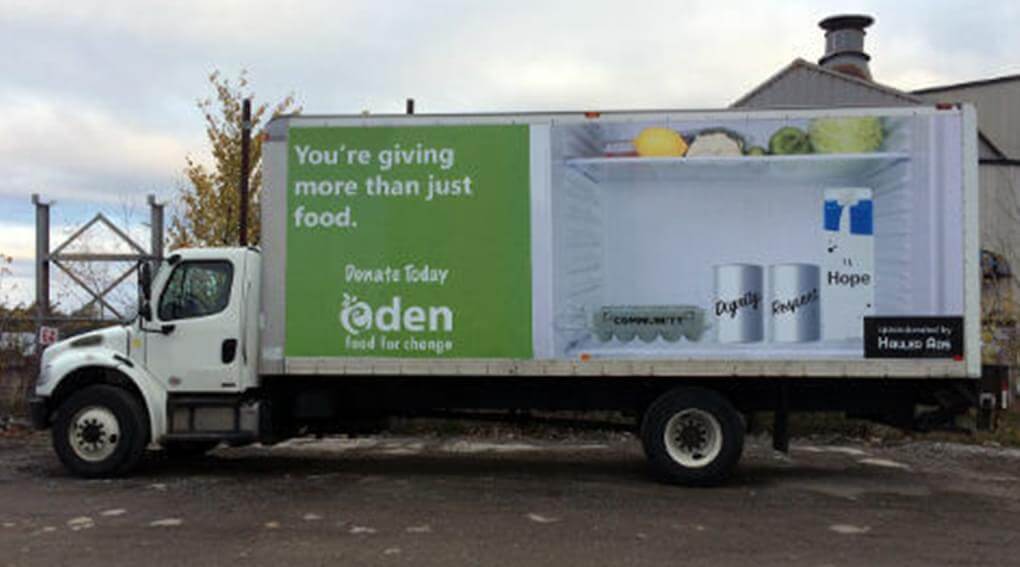
Eden Food for Change, an emergency food bank located in Mississauga, created a mobile ad campaign in order to increase general brand-awareness within the regions of Mississauga and Peel. The campaign ran for three months in the winter with the goal of increasing the number of donors by 14% compared to previous years. The truck cruised around the regions, garnering more than 7 million impressions after 10 weeks. The campaign was a huge success in creating awareness for the non-profit organization.
Hyperlocal advertising
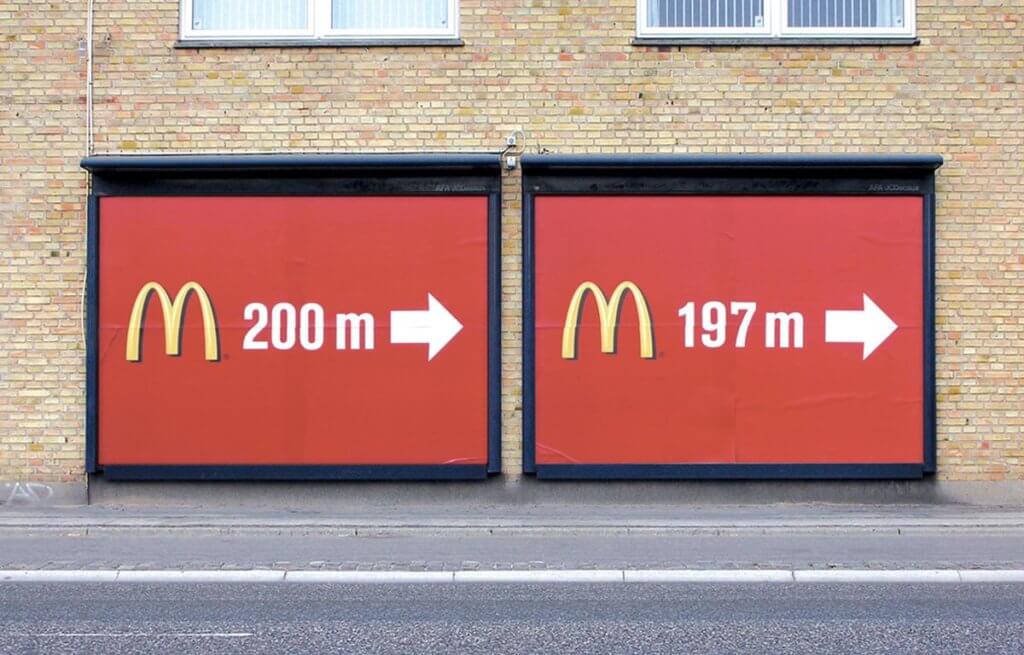
Hyperlocal advertising has become increasingly popular in the past couple of years. Now that a worldwide pandemic has kept us constricted to our own neighbourhoods, hyperlocal advertising is more prevalent than ever. Hyperlocal OOH can reach a niche audience at a high frequency with only a few ad placements. McDonald’s placed one billboard with two arrows and included the length it would take you to walk to each McDonald’s restaurant. The simplicity and assumed proximity of the restaurants is all that was needed to engage with consumers and make them want to grab something from McDonald’s. Hyperlocal advertising targets consumers right before the point of purchase, when they’re subconsciously looking for signs to tell them where to go and what to buy.
Wrap up
Despite the rise in online channels, outdoor advertising will be a viable option among advertisers this year. The technological advancements that have been created for the OOH medium are about to change the industry for good, making advertising more accessible and more interesting than ever. Some good advertising advice for the new year would be to take note of these OOH 2021 trends and use them in your upcoming ad campaigns. With these trends in mind, you’ll be well on your way to elevating your company to the next level.


